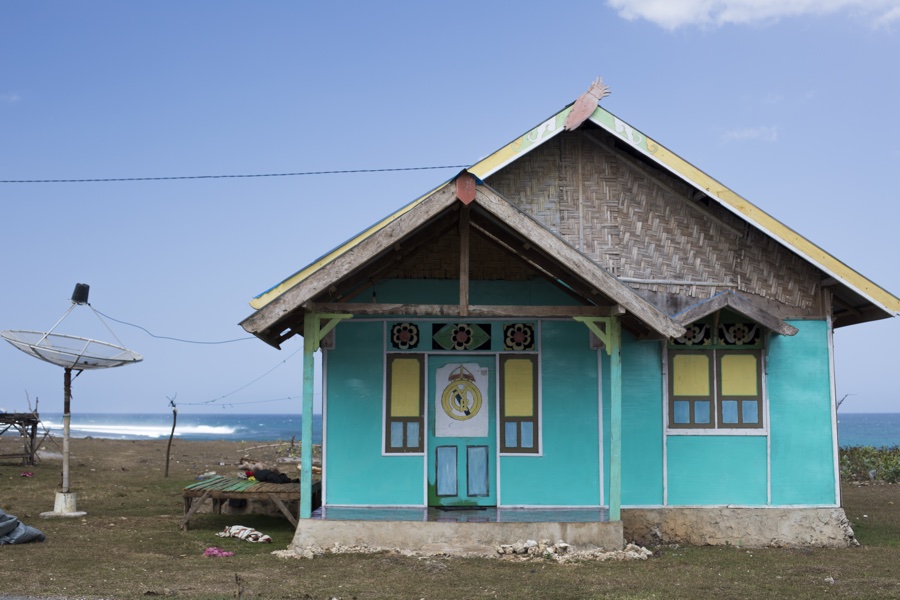Sumba: The Sandalwood Island
April 20th, 2016On all the old maps it is simply called ‘Sandalwood Isle’. Windswept, remote, wild, the picturesque island of Sumba was crucial to the spice trade for centuries. Sitting within the Indonesian archipelago in the Lesser Sunda islands group, it is close to Timor and is more frequently referred to in the marketing materials of elegant resorts as ‘the edge of wildness’. There is truth in the description: Pulau Sumba is raw, untrammelled beauty that has remained essentially unchanged for hundreds of years.
An anomaly in the region with its largely Christian population, Sumba’s inhabitants also include a smattering of coastal-based Muslim fishing communities, whose vibrantly coloured cottages dot the small beachside villages. As a visitor to these insular communities one is met with a resolute stare from most locals, however this is a territory where tribalism still reigns. The indigenous Sumbanese villagers who resolutely wear machetes on their hips, cloth tied around their heads still practise a mixture of animism and megalithic burial, (interment for their dead), which dates back to the Bronze Age.
The sandalwood trees of the past spice trade have sadly mostly gone, but the landscape still retains its beauty. From any road or coastal aspect the tall house roof style that is peculiar only to this island can be viewed, and in some of the older villages, the original interment stones with carved script can also be seen. It’s little wonder that both UNESCO and hordes of anthropologists from institutions all over the world are becoming very interested in this uniquely preserved ancient culture.












